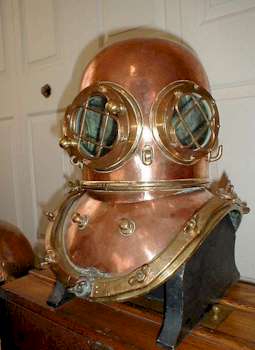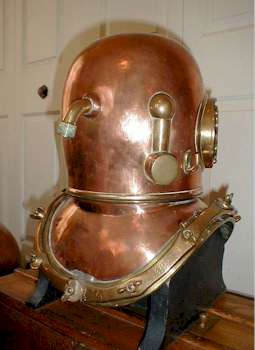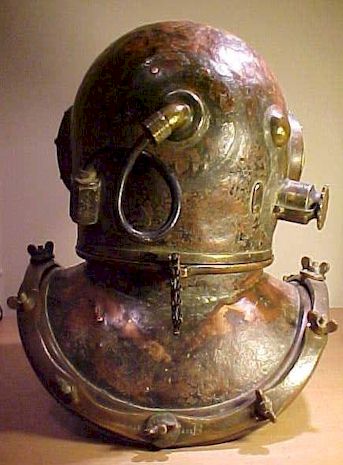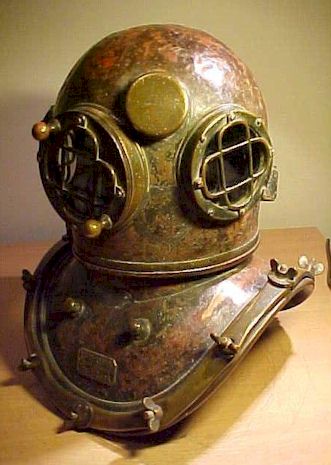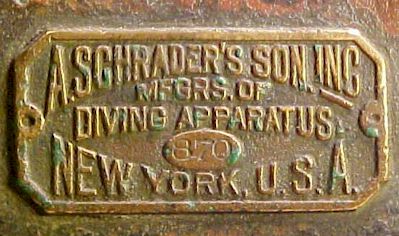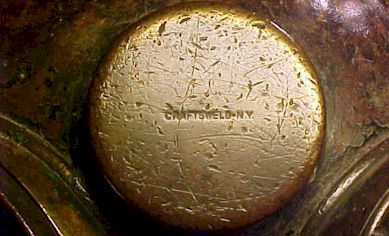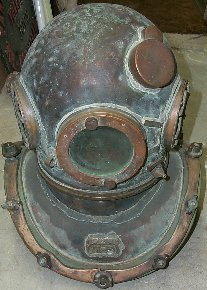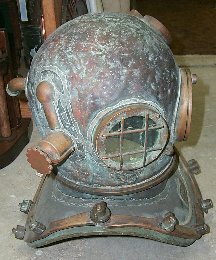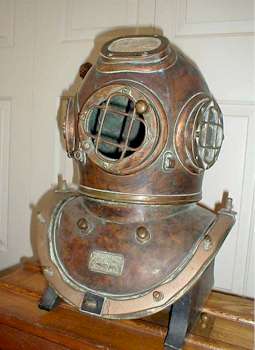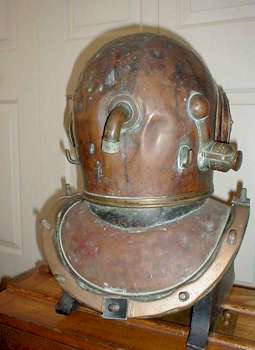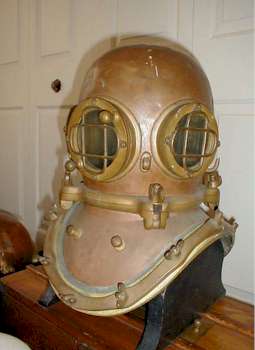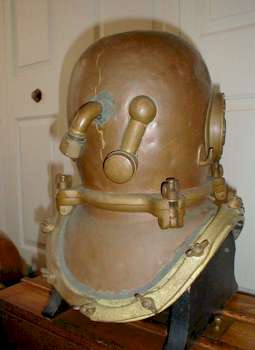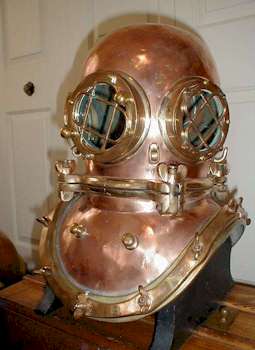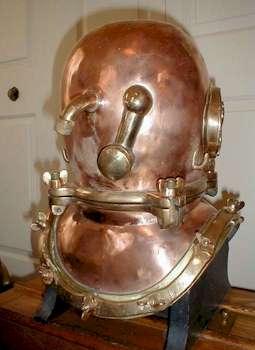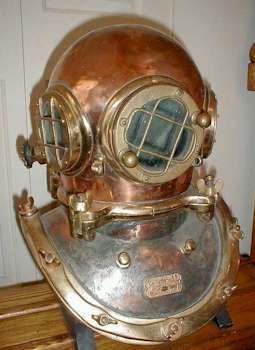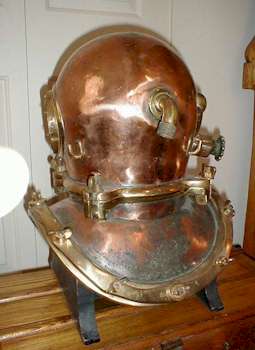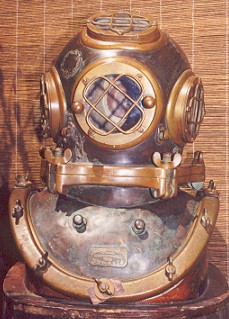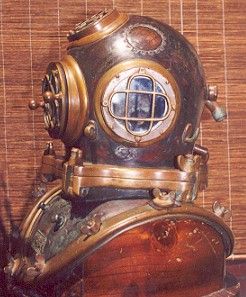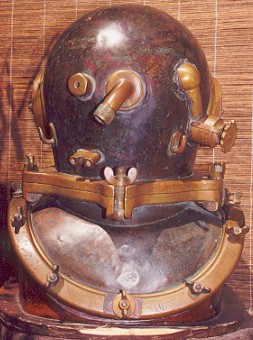By 1849 Schrader produced two helmets. They were sold to the Union India Rubber Co.of New York for $12.00 each. In January 1850 Schrader sold Union India Rubber Co. one air pump for $25.00. More orders were to follow.
An improved air pump was produced, and exhibited at the Industrial Fair of 1856, at the Crystal Palace in New York. A diploma was awarded with the inscription, "An air pump attached to a divers dress, well manufactured and powerful".
August Schrader was weIl under way in the dive equipment business.
Schrader went out of business in 1952, when the company was sold to Craftsweld Equipment Corporation. In 1999, A. Schader Diving Equipment Co. was given new life by it's new owner, Atlantic Diving Equipment Co. and is now back in business.
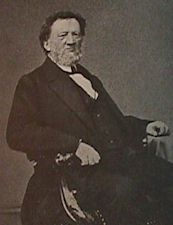
A. Schrader Diving Equipment Co.
16509 Sylvan Drive
Bowie, Maryland, USA
Phone/Fax (301) 464-8852
